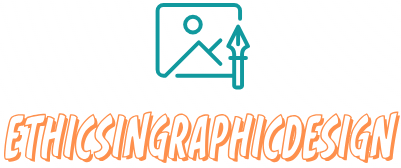The Power of Visual Storytelling
Visual storytelling is a powerful way to engage and connect with audiences, as it combines the persuasive capabilities of storytelling with compelling visual elements. It captivates viewers, evokes emotions, and leaves a lasting impact. Here are some reasons why visual storytelling is so effective:
- Attention-grabbing: Visual content, such as images, videos, and infographics, stands out in today’s digital world where attention spans are short. Using visuals in storytelling helps capture the viewer’s attention and makes them more likely to engage with and remember the message.
- Emotional connection: Visual storytelling has a unique ability to evoke emotions. Powerful visuals, paired with a compelling narrative, can create empathy, inspire, or invoke a desired emotional response in the audience. When people connect emotionally with a story, they are more likely to remember and act upon it.
- Simplifies complex information: Visuals are a great tool for simplifying complex concepts or data. Infographics or illustrations can quickly and effectively convey information that may be difficult to understand or time-consuming to read through. They enable the audience to grasp complex ideas more easily and retain the information for longer.
- Enhances brand identity: Through visual storytelling, organizations can establish and strengthen their brand identity. Consistent use of visual elements, such as logos, colors, and design styles, helps create a recognizable and memorable brand image. When visuals align with the brand’s values and messaging, the audience develops a stronger connection with the brand.
- Increases engagement and shareability: Visual content is highly shareable on social media platforms, driving more engagement and expanding the reach of the story. People are more likely to share visually compelling content, spreading the message to a wider audience and potentially increasing brand awareness or driving desired actions.
- Boosts comprehension and retention: Studies have shown that visual aids significantly improve information retention. When combined with storytelling, visuals help people remember the message or narrative for a more extended period. This can be particularly valuable in educational or informational contexts, where the goal is to convey information effectively.
In conclusion, visual storytelling is a powerful tool for capturing attention, evoking emotions, simplifying complex information, enhancing brand identity, increasing engagement, and boosting comprehension and retention. By leveraging the persuasive impact of visuals, organizations can create compelling narratives that resonate with their audience, leaving a lasting impression and driving desired outcomes.



